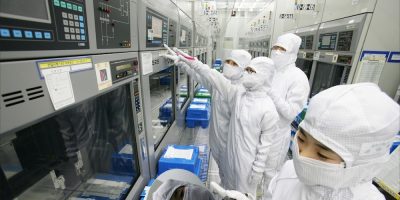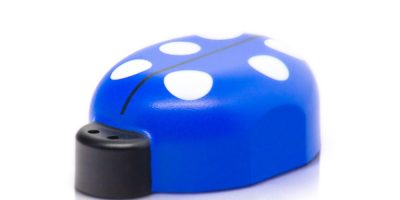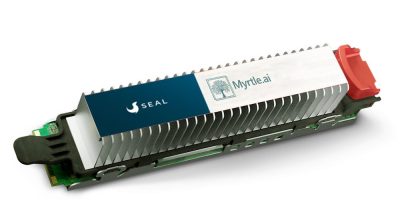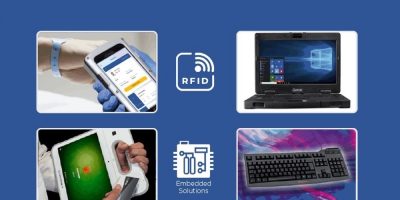SmartBug is an intelligent multi-sensor IoT module by TDK. The InvenSense module combines TDK’s MEMS sensors and precision algorithms in a simple, wireless unit.
It is designed as a dedicated source of smart sensor data for a range of IoT applications from smart homes and appliances to wellness monitoring.
The module enables quick and easy access to reliable and smart sensor data without the need for programming, soldering or extra modifications, says TDK. The SmartBug integrates TDK’s six-axis IMU (gyroscope and accelerometer) with magnetometer, pressure, temperature, humidity and ultrasonic sensors and high-precision algorithms. These algorithms include sensor fusion, HVAC filter monitoring, asset monitoring, gesture detection, activity classification, air mouse monitoring and smart door open/close detection.
The SmartBug module enables accurate and remote monitoring via both Bluetooth Low Energy (BLE) and Wi-Fi and provides autonomous SD card data logging capability for IoT applications with large data volumes.
The SmartBug is small with a flat base and is designed to be placed almost anywhere, from a simple door to an industrial robot for remote data collection. The module can be used by product developers across consumer and commercial IoT applications, advises InvenSense, a TDK Group company.
InvenSense partners Nordic Semiconductor, AKM, Sensirion, and Espressif Systems provide an ecosystem set of components that enable multiple key features within the SmartBug module.
Nordic Semiconductor’s low power microcontroller with BLE 5.2 acquires multi-sensor data from the SmartBug and runs all supported algorithms. It enables streaming of smart sensor data via both USB and BLE, and provides over the air (OTA) firmware upgrades and support for add-on cards with SD card logging and ultrasonic sensors.
The WiFi chip from Espressif Systems expands the wireless data streaming and logging capabilities of SmartBug to higher throughput (up to 2KHz) and long ranges.
AKM’s magnetometer enables multiple features including compass data collection, nine-axis sensor fusion for accurate orientation heading and magnetic anomaly detection for asset monitoring applications in SmartBug.
SmartBug also leverages the humidity and temperature sensor from Sensirion for data streaming and logging, humidity and temperature-based events for asset monitoring applications.
The SmartBug sensor module is currently stocked at TDK’s distribution partners including Arrow, Avnet, DigiKey, Mouser, Symmetry and Components Distributors.
http://invense.tdk.com







